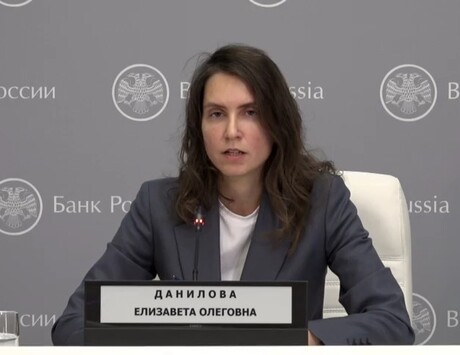Raymond Snoddy thinks the launch of i is one sign of a new confidence in print... "The hangdog look has gone and there is mounting evidence that advertising will continue to return - as long as the government doesn't manage to engineer a double-dip recession".
Of course it's easy to carp. You take the raw material of The Independent, stuff it in a computerised mashing machine and out pops a new paper you think you can charge 20p for, that still looks a bit like a free.
Actually it's much better than that. It's orderly, logical and, with the help of columnists such as Deborah Ross and Johann Hari, and unlike homeopathic medicine, it retains considerable traces of the original. In fact as Ross pointed out in the launch issue, tongue-in-cheek, the "i" is aimed at the "time poor" because only the "time rich" now have the time to sit down and plough their way through the entire Indy.
Are we talking ageism here - the i for young, thrusting, short, attention spans and the big paper for those with time on their hands. Either way this is a fine example of product extension and it can't cost too much to assemble from the already available kit of The Independent.
Alexander Lebedev deserves lots of plaudits. Considerable imagination was shown in the decision to take the Evening Standard free. Despite some personal moans, such as the disappearance of the chess puzzle, the paper still has much of the flavour of the original and is certainly losing much less money than once it did. Without Lebedev it is doubtful whether it would exist by now.
And without backing by the Russian it was difficult to see any financial future for The Independent. Now he's spending more money on an experiment that could add an additional stream of revenue for the business, something that might help to secure its future.
Rather like Rupert Murdoch he is trying to find another way of charging for expensively created content. In an industry not exactly noted for the quality of its research and development and experimentation over the years, this is a welcome sign.
As always the proof will come from the ABC returns.
The danger is that the i will be seen as neither one thing nor the other - neither a full-blooded, serious newspaper nor a free. At 20p the price is eminently reasonable and The Independent's market research shows it is an acceptable price point. But it still requires that moment of effort for the time-poor commuters to actually go and purchase rather than pick up casually a free such as the Metro. Although I do note Standard "vendors" are being employed to speed the process. That small thing, the willingness to go to the slight trouble of making a purchase rather than being spoon-fed could mark the difference between success and failure.
Just as the i was launched this week there came a small slither of hope for the Murdoch method of finding new streams of revenue in the form of paywalls for the online Times and Sunday Times.
Audience research company Nielsen estimates that an average of 362,000 a month accessed subscriber content between July and the end of September. The number seems reassuringly plump but it's too early to break out the bunting. It is pretty much a holdall number and includes not just free trials but also those who already subscribe to the print versions of the newspapers and therefore get online for free.
The future of paywalls will only become clear when News International allows the ABC - which is already collecting all the relevant numbers - to publish the figures on new online subscriptions. It could be next autumn before that happens but NI will have to break cover eventually if they want to sell serious advertising on the back of this new audience.
There is also the additional worry that readers will trade away from the paper Times to the much cheaper iPad version.
For now we must suspend disbelief on paywalls and celebrate the fact that innovative ways are being sought to help to make publishing profitable.
Another welcome sign comes from the small, free weekly magazine sector. Shortlist and its sister publication Stylist are doing very nicely thank you. Indeed it was difficult to believe that the recent London Fashion Week Stylist special could possibly have been a free magazine at all. The start-up is already making around £1 million a year and is budgeting £15 million revenues for its current financial year.
Even Sport, the free weekly which hit hard times a year ago, is now in profit as part of UTV, owners of TalkSport.
There was even good news for print from Canada this week when the Globe and Mail became the first Canadian newspaper to have full colour throughout. The company has redesigned the paper and is spending £1.3 billion on new presses. Bang on cue the Globe's publisher Phillip Crawley said: "This is to me the equivalent of our iPad."
There is a new confidence in print. The hangdog look has gone and there is mounting evidence that advertising will continue to return - as long as the government doesn't manage to engineer a double-dip recession.



